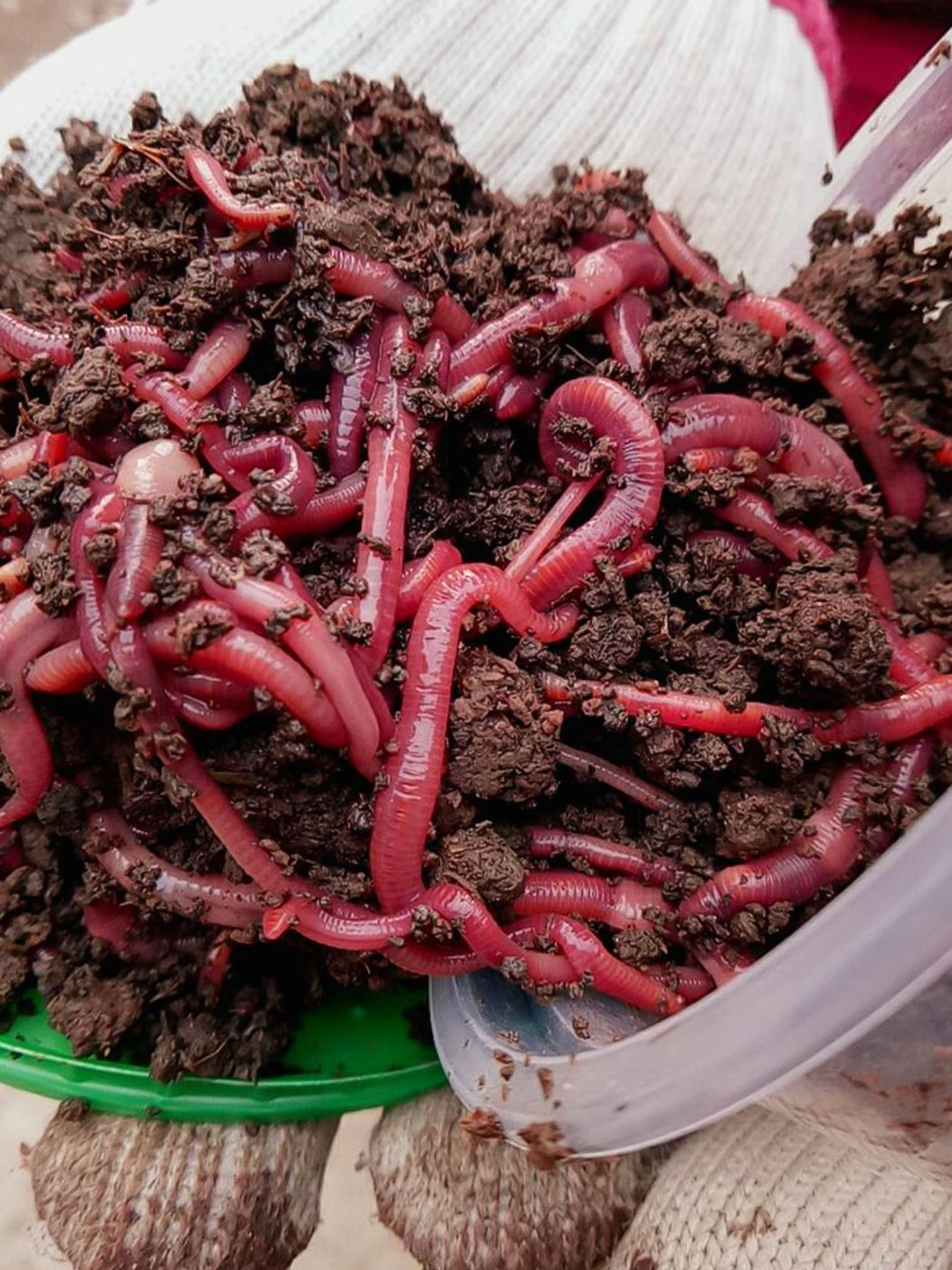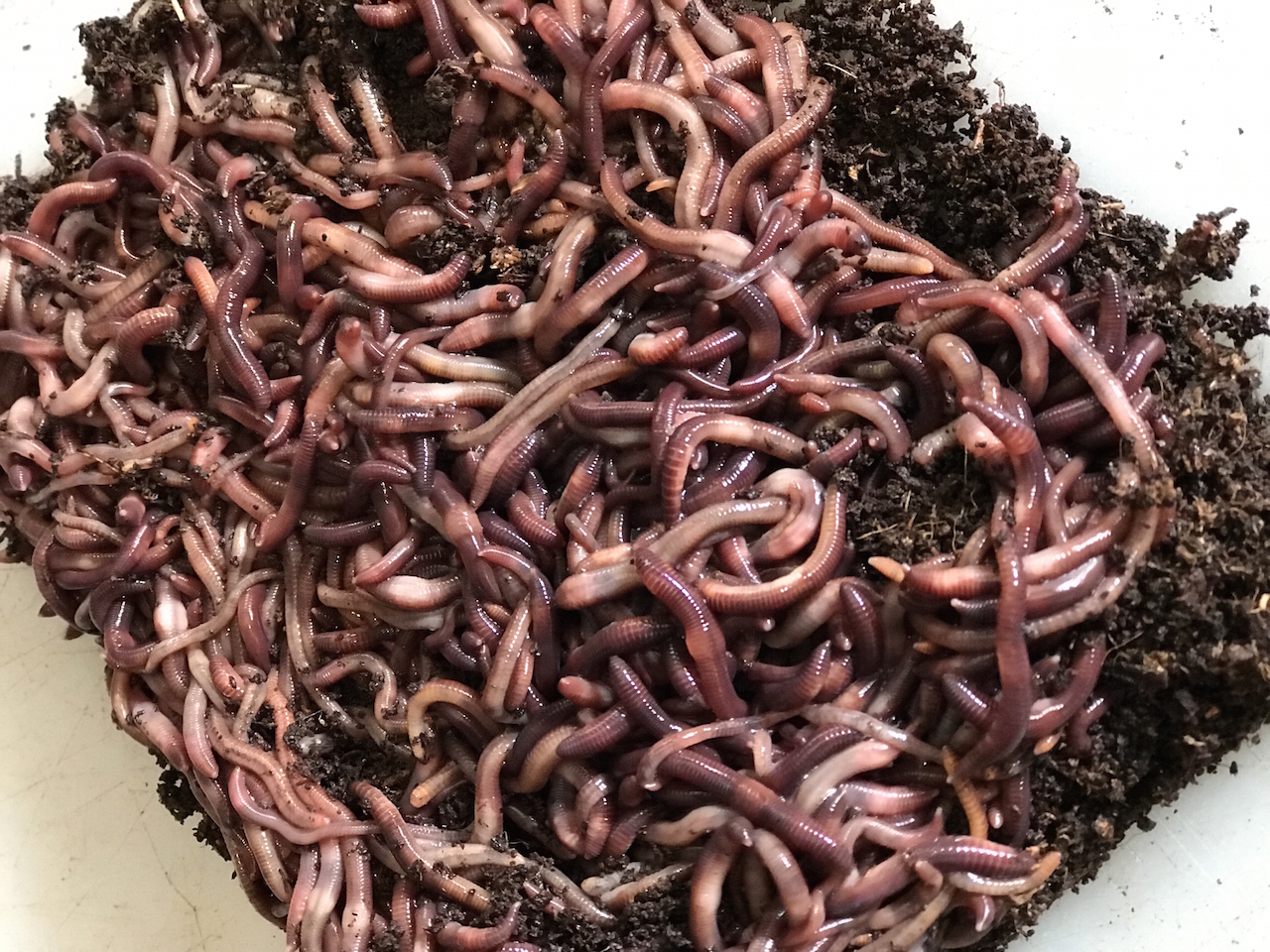Lake Hickory Bait: Reliable Supplies for Every Season of Fishing
Wiki Article
Exactly How Red Wigglers Can Transform Your Composting Experience
The assimilation of red wigglers into composting methods offers a transformative method to throw away administration and dirt enrichment. These organisms not only speed up the decomposition procedure however likewise produce nutrient-dense vermicompost that improves dirt wellness and fertility. Their flexibility to numerous settings makes them a suitable choice for both newbie and skilled composters alike. Nonetheless, recognizing the particular needs and advantages connected with keeping a growing worm population is essential for optimizing their potential. What techniques can one utilize to guarantee a successful vermicomposting experience?Advantages of Red Wigglers
Red wigglers, medically called Eisenia fetida, are a cornerstone of reliable composting systems due to their amazing capability to disintegrate organic matter successfully. These worms master transforming cooking area scraps, yard waste, and other organic materials right into nutrient-rich compost, typically referred to as worm castings. Lake Hickory Bait. This process not only lowers landfill waste however also contributes to lasting gardening techniquesAmong the primary advantages of red wigglers is their high recreation price, enabling them to populate a composting environment rapidly. This fast multiplication enhances decay rates, resulting in faster garden compost production. Furthermore, red wigglers grow in a diverse series of problems, making them adaptable to various composting arrangements.

Setting Up Your Worm Bin
(Red Wiggler Express)To develop an effective worm container for composting, mindful interest should be provided to its style and setting. An ideal worm container should be created of materials that are sturdy yet permit essential air movement, such as plastic or timber. The size of the bin can vary, but a quantity of approximately 1 square foot per pound of worms is an excellent beginning factor.Make sure that the bin has drainage holes to avoid water buildup, which can lead to anaerobic problems detrimental to the worms. In addition, including ventilation holes will certainly assist keep correct humidity levels and oxygen circulation.
Next, it is crucial to supply bed linen for the worms, which can consist of shredded newspaper, cardboard, or coconut coir. This bed linen not just supplies a habitat for the worms but additionally help in moisture retention.
Setting the worm bin in a location that keeps a temperature level range of 55-77 ° F(13-25 ° C) to maximize worm task. Avoid positioning the container in direct sunlight or extreme temperature levels. By following these standards, you can produce a helpful atmosphere for red wigglers, enhancing the performance of your composting procedure.
What to Feed Your Worms

(Charlotte NC Worms For Sale)Red wigglers specifically appreciate soft, wet foods like watermelon skins, cucumber peels, and banana peels. It is crucial to prevent feeding them citrus fruits, onions, and garlic, as these can be detrimental to their health. Furthermore, cooked foods, milk items, and meat must be purely prevented, as they can cause smells and bring in insects.
To keep ideal conditions, it's advisable to cut bigger scraps into smaller sized items, assisting in quicker disintegration. Start by presenting tiny quantities of food and keep track of the worms' intake price; change as necessary to avoid overfeeding, which can develop an unhealthy atmosphere. Offering a constant feeding schedule will certainly assist keep your worm populace thriving while enhancing the total effectiveness of your composting efforts. By understanding what to feed your worms, you prepared for a successful and sustainable composting experience.
Maintaining a Healthy Habitat
Producing a growing composting atmosphere for red wigglers calls for focus to their habitat, as it directly influences their wellness and productivity. The suitable environment ought to keep a well balanced dampness level, generally between 60-70%. Too much moisture can cause anaerobic problems, while insufficient dampness might dry out the worms.
The bedding product in the garden compost need to vary and shredded, incorporating products like cardboard, newspaper, and coconut coir. This not just supplies a comfortable environment but additionally functions as a food source. Lake Hickory Bait. Regularly looking for smells or indications of insects can assist identify potential problems before official website they intensify
Lastly, maintaining a balanced pH degree, ideally between 6 and 7, makes certain a conducive habitat for red wigglers, fostering their capacity to procedure organic issue effectively. By addressing these factors, you can create a sustainable and effective composting community.
Harvesting and Using Compost
Gathering compost from a worm container is a gratifying procedure that transforms natural waste right into nutrient-rich material for gardens and plants. When the composting cycle is full, usually after 8-12 weeks, it's time to collect the vermicompost. The primary step entails dividing the red wigglers from the finished compost. This can be done utilizing methods such as the "light" technique, where worms are brought in to light and can be scooped far from the top layers, or by moving the compost away of the container and adding fresh bedding to the opposite side, motivating the worms to move.When the worms are gotten rid of, the continuing to be compost can be looked to eliminate any bigger bits or undecomposed product. This abundant garden compost can be used directly to yard beds, mixed right into potting dirt, or used as a top dressing for potted plants.
Final Thought
Integrating red wigglers into composting techniques significantly boosts the disintegration process and adds to the production of nutrient-rich vermicompost. Their flexibility to numerous atmospheres and high reproduction prices guarantee a sustainable population, which properly breaks down organic issue. The resulting worm spreadings improve soil framework, fertility, and microbial task, eventually advertising healthier plant growth. As a result, the combination of red wigglers right into composting not just maximizes waste management however additionally improves yard ecosystems.Report this wiki page